Uranium: Sources, Exposure and Environmental Effects
Uranium is a naturally occurring, ubiquitous heavy metal. In various chemical forms, natural uranium is found in all soils, rocks, seas and oceans. It is also present in drinking water and food. Uranium was discovered in 1781 by Klaprot, a pharmacist in Berlin, in the Joachisthal silver mines. This book starts with a short history of uranium. It continues with the legacy of uranium mining and the authors go on to discuss the environmental and health effects of depleted uranium, which has the unique potential to threaten all natural resources, including human society because of its radiotoxic effects. Uranium migration properties are explored through the geological structures and the groundwater systems based on the determination of its total concentration essential for environmental studies. Other chapters examine the recovery of uranium from phosphate rock; the influence of uranium on the environment and the studies of content of uranium in soil, building materials, drinking water and even in the urine of specific population such as in the Czech Republic, a uranium rich territory; the types of uranium deposits; uranium bioremediation as an eco-friendly, promising approach, which will play an irreplaceable role in global nuclear energy development; discussions on uranium as one of the most widespread contaminants in groundwater in mining areas, as well as in surface waters in Brazil; and an examination of fuel materials that have been developed for use in nuclear power reactors including uranium. Bulk uranium-based systems are very complex and it is difficult to draw unambiguous conclusion on their properties and reaction mechanisms from experiments. Therefore in this book, laboratory experiments using simple model systems - thin films, for single effect studies which have a ground-breaking nature are explored in detail in this book.
{{comment.content}}
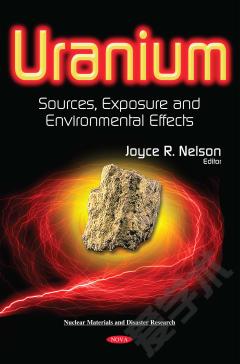
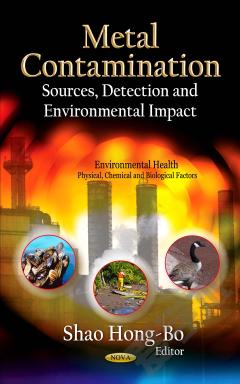

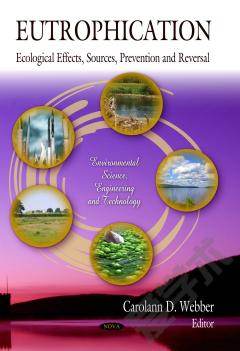

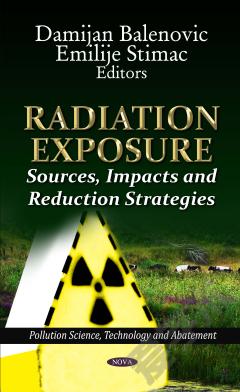
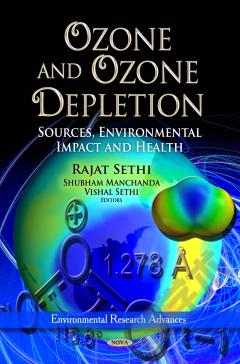

 京公网安备 11010802027623号
京公网安备 11010802027623号